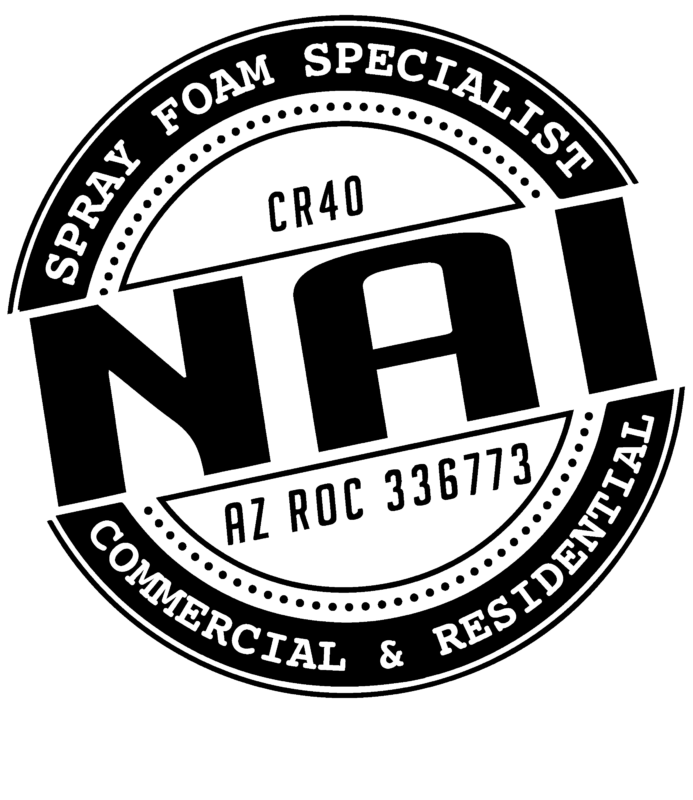In the pursuit of a comfortable and energy-efficient home, few investments offer as much potential as insulation. Not only does insulation play a vital role in maintaining comfortable indoor temperatures, but it also holds the key to significant savings on energy bills.
However, to fully harness the power of home insulation, homeowners must understand and implement strategies that optimize the Return on Investment (ROI). We’ll explore the transformative potential of home insulation ROI and provide actionable strategies for maximizing its benefits.
Understanding Home Insulation ROI
ROI, or Return on Investment, is a fundamental concept in the world of finance and economics. When applied to home insulation, ROI represents the ratio of energy savings achieved through insulation upgrades compared to the initial investment in installation. In essence, it quantifies the financial benefits of insulation about its costs.
Several factors influence the ROI of home insulation
Energy Efficiency: Effective insulation reduces the amount of energy required to heat or cool your home, resulting in lower utility bills. The extent of energy savings depends on factors such as insulation type, quality of installation, climate, and the size of your home.
Comfort
Beyond monetary savings, insulation enhances the comfort of your living space by maintaining consistent indoor temperatures and minimizing drafts. A well-insulated home provides a more comfortable environment year-round, regardless of external weather conditions.
Environmental Impact
By reducing energy consumption, home insulation contributes to a smaller carbon footprint, making it an eco-friendly choice. The environmental benefits of insulation extend beyond individual households, positively impacting the planet as a whole.
Strategies for Maximizing Insulation ROI
To achieve maximum benefits from home insulation, consider implementing the following strategies:
Conduct a Home Energy Audit
Start by assessing your home’s current energy efficiency to identify areas for improvement. A professional energy audit can pinpoint sources of energy loss, such as air leaks, inadequate insulation, and inefficient HVAC systems.
Choose the Right Insulation
Selecting the appropriate type of insulation for your home is essential for maximizing ROI. Factors to consider include insulation material, R-value (thermal resistance), installation method, and compatibility with your home’s architecture.
Seal Air Leaks
In addition to insulation, sealing air leaks is crucial for preventing heat loss and maximizing energy savings. Common sources of air leaks include windows, doors, electrical outlets, and gaps around plumbing penetrations. Use weatherstripping, caulking, or expanding foam to seal these leaks effectively.
Consider Long-Term Savings
While upfront costs may seem daunting, it’s essential to consider the long-term savings potential of insulation upgrades. Calculate the projected ROI based on energy savings over several years to determine the true cost-effectiveness of insulation investments.
Explore Incentives and Rebates: Many government agencies and utility companies offer incentives and rebates for energy-efficient home improvements, including insulation upgrades. Take advantage of these programs to offset installation costs and maximize your ROI.
Contact NAI Spray Foam Today
The power of home insulation ROI lies in its ability to deliver tangible benefits in terms of energy savings, comfort, and environmental sustainability. By understanding the factors that influence insulation ROI and implementing strategic upgrades, homeowners can unlock significant long-term value for their homes.
Don’t wait any longer to reap the rewards of insulation upgrades. Contact NAI Spray Foam today and take the first step towards a brighter, more energy-efficient future.

